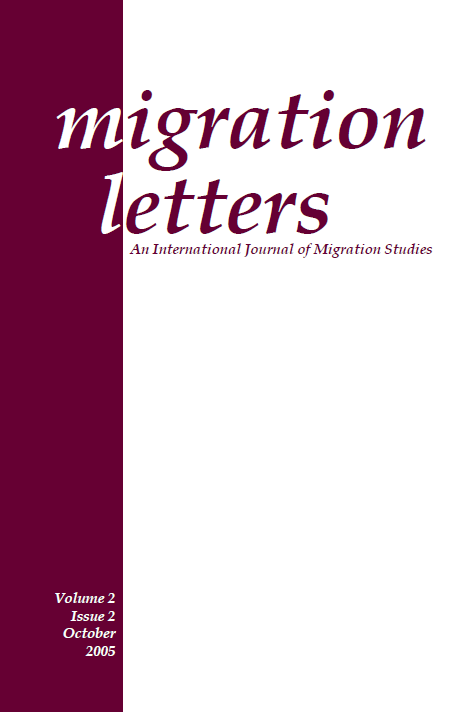Residential Segregation and Socio-economic Integration of Visible minorities in Canada
Residential Segregation and Socio-economic Integration of Visible minorities in Canada
Author(s): T.R. Balakrishnan, Paul Maxim, Rozzet JurdiSubject(s): Inter-Ethnic Relations, Ethnic Minorities Studies, Socio-Economic Research
Published by: Transnational Press London
Keywords: spatial assimilation; visible minorities; Canada; inequality;
Summary/Abstract: Using the 2001 Census of Canada, this paper examines whether spatial residential patterns relate to an ethnic group’s socioeconomic achievement within urban Canada. Most literature suggests that ethnic clustering is primarily a consequence of systematic discrimination or poor socioeconomic resources. Our basic question is whether the relationship between residential segregation and social integration is weakening, thus making the spatial assimilation model less relevant than in the past. The results suggest the assimilation model provides a poor explanation in the Canadian context. Residential segregation persists over time although considerable variation exists among the CMAs.
Journal: Migration Letters
- Issue Year: 2/2005
- Issue No: 2
- Page Range: 126-144
- Page Count: 18
- Language: English

